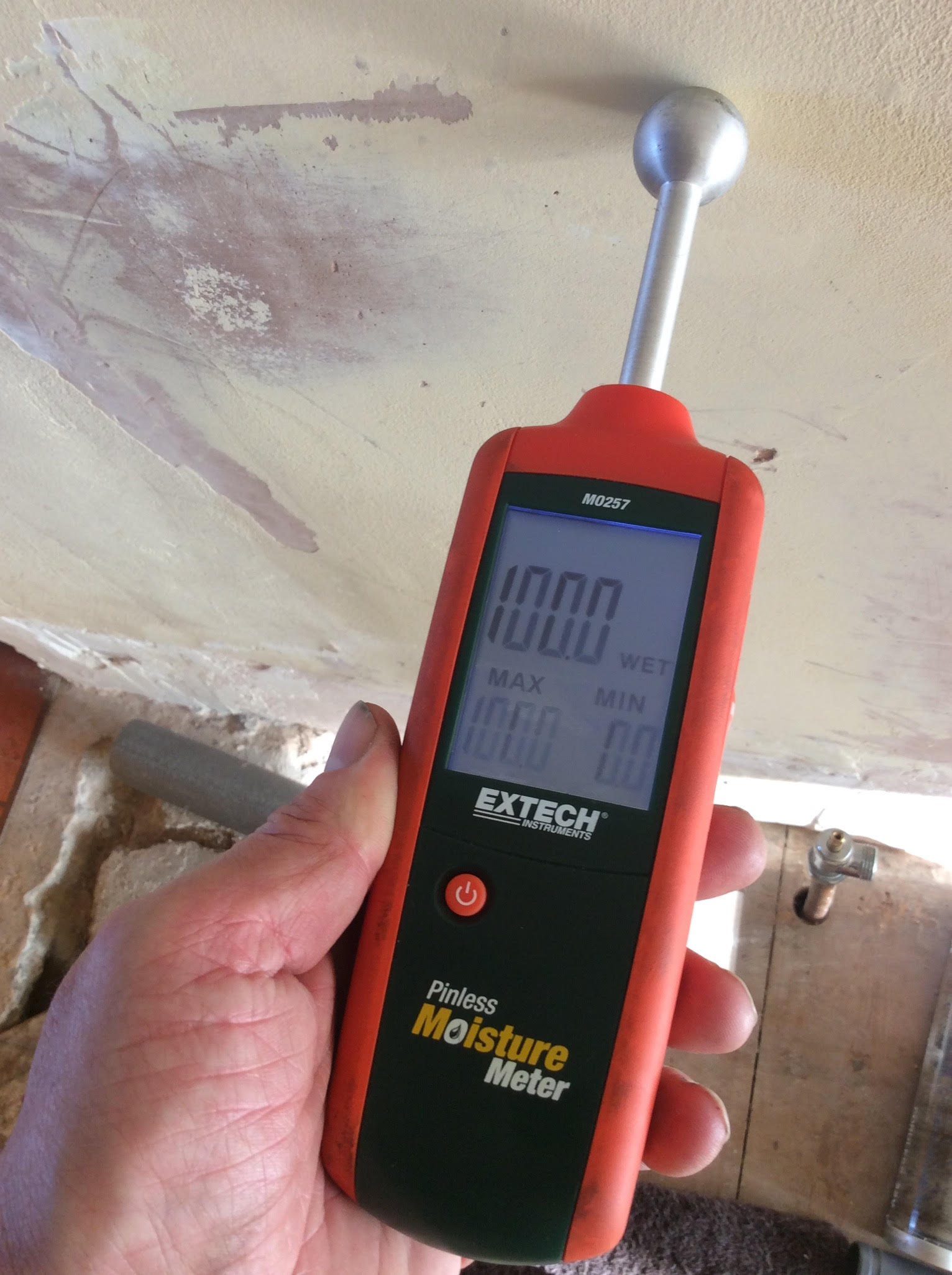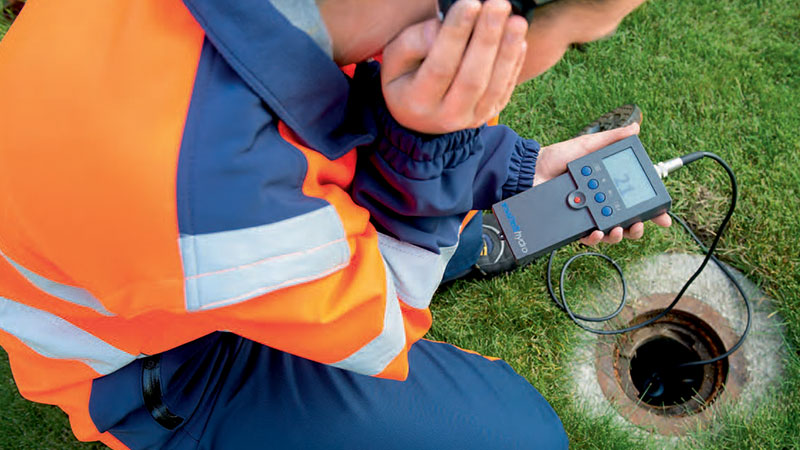Water Leak Detection: Exactly How to Identify and Deal With Leaks Prior To They Create Damage
Water Leak Detection: Exactly How to Identify and Deal With Leaks Prior To They Create Damage
Blog Article
Innovative Solutions for Very Early Detection of Water Leakages in Buildings and Infrastructure
From cutting-edge leak discovery technologies to the deployment of IoT sensing units for real-time surveillance, the landscape of leakage avoidance is advancing swiftly. Automated water circulation evaluation systems are improving just how leakages are determined and resolved, paving the method for a positive technique to water leak discovery.
Advanced Leakage Discovery Technologies
Advanced leakage discovery modern technologies, outfitted with cutting-edge sensing units and formulas, play an essential role in swiftly determining and identifying water leaks in various setups. These technologies employ a mix of acoustic, thermal, and electro-magnetic sensing methods to spot leaks properly. Acoustic sensing units discover the noise of escaping water, enabling specific localization of the leakage resource. Thermal imaging finds temperature adjustments triggered by water leakage, providing one more efficient method for leak identification. Electro-magnetic sensors can recognize modifications in magnetic fields caused by water, using yet one more layer of leak detection ability.

IoT Sensors for Real-Time Surveillance
In the realm of contemporary water leak discovery, the combination of IoT sensing units for real-time surveillance stands for a crucial improvement in boosting proactive leakage discovery capabilities. These sensors provide continual tracking of water supply, offering real-time data on water circulation prices, pressure variations, and temperature modifications. By leveraging IoT modern technology, these sensing units can spot also the tiniest abnormalities in water use patterns, making it possible for very early recognition of possible leakages prior to they intensify into major concerns.
IoT sensing units send data to a central platform, where sophisticated algorithms evaluate the info and produce alerts or notifications when irregularities are detected. This real-time monitoring ability enables homeowner or center supervisors to immediately attend to leaks, reducing water damage, lowering fixing expenses, and conserving water resources.
Furthermore, IoT sensing units can be integrated with building monitoring systems, enabling automatic reactions to detected leakages, such as turning off water valves or activating pumps to minimize the effect of leaks. On the whole, the application of IoT sensors for real-time monitoring significantly enhances the effectiveness and effectiveness of water leakage detection in structures and facilities.
Machine Understanding Algorithms for Leak Forecast

One secret benefit of utilizing device discovering for leak forecast is its capacity to continuously learn and boost its accuracy over time. As even more data is gathered and fed into the formula, it can improve its predictions and adjust to altering problems, ultimately enhancing the reliability of leakage discovery systems.
Furthermore, equipment discovering algorithms can assist in identifying refined indications of leakages that might go undetected by typical tracking approaches. water leak detection. By analyzing complex information embed in real-time, these algorithms can offer early warnings and alerts, enabling prompt intervention and preventative maintenance to minimize potential water damages and linked prices
Using Thermal Imaging for Leakage Discovery
Thermal imaging technology supplies a promising technique for identifying water leakages in different systems and facilities. By using infrared radiation and temperature level variations, thermal imaging cams can determine concealed leakages that are not quickly noticeable to the nude eye.
Among the vital benefits of thermal imaging for leakage detection is its non-intrusive nature. Unlike traditional techniques that may need burglarizing walls or floorings to locate leakages, thermal imaging permits non-destructive testing. This not just conserves time and lowers costs but also lessens interruption to the building or infrastructure being evaluated. Additionally, thermal imaging can quickly scan large locations, supplying a thorough introduction of prospective leak resources in a prompt way. Generally, using thermal imaging technology enhances the performance and precision of water leak discovery, making it a useful tool for maintaining the integrity of structures and facilities.
Automated Water Circulation Analysis Systems
Exactly how can computerized water circulation evaluation systems change the discovery and management of leakages in different systems and infrastructures? Automated water flow analysis systems offer a proactive technique to leakage discovery by continuously keeping track of water flow prices and patterns. By developing baseline information, these systems can promptly determine deviations that might show a leak, making it possible for prompt intervention to prevent considerable damages.
These systems utilize sophisticated formulas to evaluate real-time information and give immediate informs when abnormalities are great post to read discovered, enabling swift action to be taken. In addition, automated water flow analysis systems can be incorporated with structure administration systems or IoT systems, boosting overall effectiveness and making it possible for remote surveillance capabilities.
Additionally, the data collected by these systems can be utilized for predictive maintenance functions, assisting to determine potential weak points in the infrastructure before leaks occur. Overall, the execution of automatic water flow evaluation systems can substantially enhance leak detection and monitoring techniques, inevitably bring about set you back savings, decreased water wastage, and increased sustainability in structures and framework.

Conclusion
Finally, the assimilation of innovative leak discovery modern technologies, IoT sensing units, maker understanding formulas, thermal imaging, and automatic water flow evaluation systems offers innovative solutions for early detection of water leaks in buildings and facilities. These innovations allow real-time tracking, prediction of leaks, and reliable discovery techniques to avoid water damage and wastage. Implementing these solutions can help visit their website in preserving see here now the stability and sustainability of water systems in various setups.
Report this page